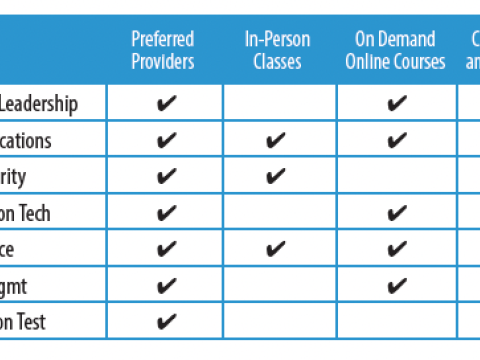Motivation Tips for Home Schooling Parents
Regardless of technical expertise, organizational skills or resources, parents around the world are struggling to keep their children engaged as they settle into a routine of home schooling. The conflicting educational requirements, distractions of home life and stressed family dynamics make both teaching and learning a challenge in the stay-at-home world
Because education processes had to pivot to a quickly modified format that is often inconsistent, it is easy for students to take advantage of the lack of structure and reduced academic demands. Yet the need for them to focus even harder on science, technology, engineering and mathematics (STEM) subjects during this period of uncertainty is critical for the future workforce. To be motivated, students must see STEM career paths as attractive and achievable, and getting them to this realization falls as much on parents as it does on teachers, especially right now.
The country needs an educated workforce to invent the technology that will protect the nation, and the way to make that happen is to excite children about STEM careers, states DeEtte Gray, president of Business and Information Technology Solutions at CACI.
STEM subjects, however, seem too far removed from a student’s everyday life. “We need to find new ways to make STEM education not only exciting, but also relatable,” Gray says. "We need to teach students why STEM careers are important, what challenges they can help solve, and how they can help make the world a better place for both themselves and future generations.”
Gray started her career in education, teaching math and science to middle school students before transitioning to the defense industry. She also currently serves as AFCEA chairwoman of the board. With a background in both education and STEM, she is able to offer recommendations for students to help them achieve interest and momentum in STEM studies:
- Take STEM classes, pursue projects and always seek to learn. Immersion in STEM is important.
- Explore as many STEM fields as possible. Join clubs and participate in activities.
- Consider studies in engineering, cybersecurity and software development, as these are all critical to national security. For example, drones can pose a risk to public safety, including airports, buildings, stadiums and military bases. CACI has hired engineers, programmers and coders to develop the SkyTracker Technology Suite that detects and mitigates dangerous drones.
- Learn more about data science careers. Data scientists fill critical needs but also enjoy rewarding careers. On a personal level, Gray adds, if I were to pursue a computer science job today, I would become a data scientist.
- Become knowledgeable about the cyber and the space domains. Individuals who have the education and training to help stop attacks on networks, satellites and other infrastructures will be in high demand. CACI is looking to its STEM-trained workforce to develop the next-generation of laser communications that will enable NASA to communicate more quickly and accurately with probes and astronauts.
The country’s focus on STEM has increased over the past decade, Gray acknowledges, but needs to double-down to stay competitive. If adults educate children about how a STEM education helps people, environment and country, it becomes easier for students to see the relevancy.
A new publication from AFCEA, SIGNAL Kids, is now available, with the goal of making STEM technologies interesting to students at critical decision points in their early education. In the first issue, DeEtte Gray talks directly to students about STEM career paths. SIGNAL Kids targets students ages 8 to 12.






Comments